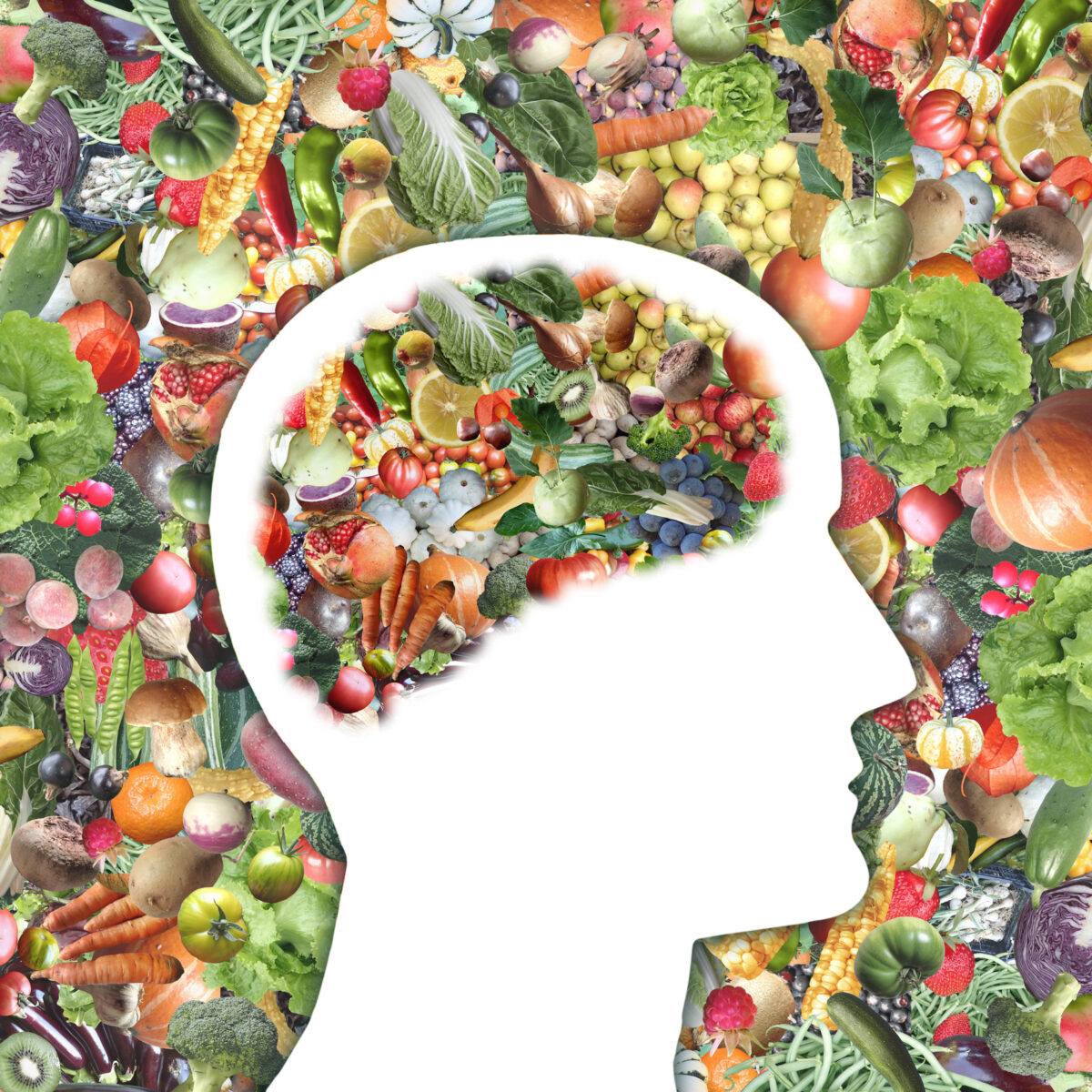About one quarter of a person’s brain consist of subcortical brain structures. These include gray matter like the thalamus, basal ganglia and the hippocampus. These structures control a wide array of functions including cognition, emotion and motivation. A decline in the volume of this area of the brain has been linked to dementia in people over age 55.
A recent study, conducted in China and the US, using data from a U.K. Biobank report, has shown that people adhering to a MIND diet have higher volumes in this critical area than those who did not. UK Biobank is a large-scale biomedical database and research resource containing genetic, lifestyle and health information about thousands of subjects.
The MIND diet is a hybrid between the Mediterranean Diet and the DASH (Dietary Approaches to Stop Hypertension) diet.
The researchers pointed out that the main contributors to the MIND diet include higher intake of whole grains and olive oil, and lower intake of fast fried foods.
The MIND diet emphasizes plant-based foods, limits intake of animal-based foods and those high in saturated fat, and promotes eating berries and leafy green vegetables. In postmortem brain tissue, components of the diet — like green leafy vegetable intake — have been inversely correlated with fewer instances of Alzheimer’s.
The researchers concluded that adhering to the MIND diet was linked with a lower risk of dementia in middle-aged and older adults.
Methodology
The study was conducted by Changzheng Yuan, ScD, at the Zhejiang University School of Medicine in Hangzhou, China, and at Harvard’s T. H. Chan School of Public Health in Boston.
Dr. Yuan evaluated 26,466 U.K. Biobank participants who had undergone brain MRIs between 2014 and 2020. They assigned a 15-point MIND Diet adherence score calculated from 24-hour diet recalls. Mean age at recruitment was 55, and about half of participants (53.5%) were women.
MIND diet scores were calculated based on intake of 10 healthy food groups (green leafy vegetables, other vegetables, berries, nuts, whole grains, beans, non-fried fish, non-fried poultry, olive oil, and wine) and five unhealthy food groups (red meats, butter and margarine, cheese, pastries and sweets, and fried or fast foods). Dr. Yuan also noted age, gender, ethnicity, education, physical activity and smoking habits of each subject.
Results
The highest intake of whole grains was associated with higher volumes of total brain, gray matter, and all subcortical regions investigated except for the amygdala. The amygdala is a small, almond-shaped structure inside the brain. As part of the limbic system, it automatically detects danger, controls behavior, emotions and learning.
“Using olive oil as the primary oil showed protective associations with several subcortical regions, including the thalamus, the caudate, and the pallidum,” Dr. Yuan added. The study has limitations, he cautioned. U.K. Biobank participants might be healthier than the general population, and dietary data were self-reported. In addition, findings may have been influenced by residual confounding and reverse causality.
Disclosure: This research was funded by Alzheimer’s Association, the Zhejiang University Global Partnership Fund, and National Natural Science Foundation of China.
=============================================================
Source: MIND Diet in Midlife Tied to Higher Subcortical Brain Region Volumes by Judy George. MEDPAGE Today. November 9, 2023
